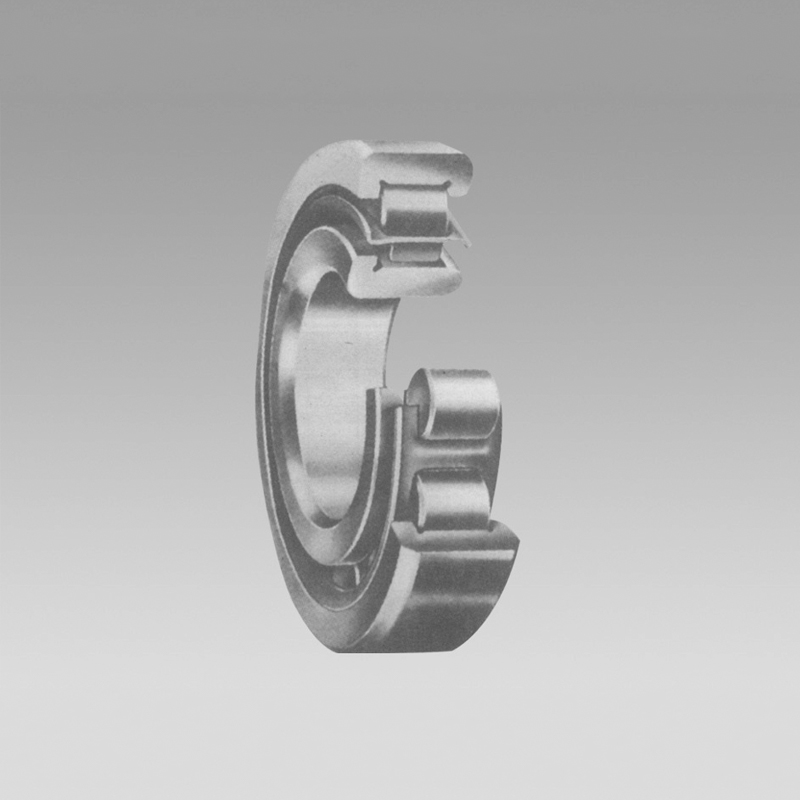
Aug . 01, 2024 04:58 Back to list
Comprehensive Guide to Needle Roller Thrust Bearing Dimensions and Specifications for Optimal Performance
Understanding Needle Roller Thrust Bearings A Guide to Size Charts
Needle roller thrust bearings are essential components in many mechanical systems, allowing for low friction and high load-carrying capacities in various applications. Their unique design, which incorporates long, thin cylindrical rollers (needles), enables them to support significant axial loads while maintaining a compact size. One critical aspect of using needle roller thrust bearings effectively is understanding the size chart associated with these components.
What is a Needle Roller Thrust Bearing?
A needle roller thrust bearing consists of a set of needle rollers arranged between two raceways, allowing for smooth movement and minimal friction. These bearings are particularly useful in situations where axial space is limited, making them a popular choice in automotive applications, industrial machinery, and household appliances.
The primary function of needle roller thrust bearings is to handle axial loads while preventing the rolling elements from becoming misaligned. This characteristic makes them ideal for applications such as gearboxes and thrust systems where high precision is required.
Importance of Size Charts
Size charts for needle roller thrust bearings are vital tools for engineers and designers. They provide detailed specifications regarding the dimensions, load ratings, and even the operational limits of various bearing types. Accurate selection of bearings is crucial to ensure optimal performance in any application. An incorrect size can lead to bearing failure, which in turn can result in costly repairs and downtime.
When consulting a needle roller thrust bearing size chart, several key parameters should be considered
1. Outer Diameter (OD) This is one of the most critical dimensions, as it determines the bearing’s compatibility with the housing. The OD must fit snugly within the assembly for effective load transfer.
needle roller thrust bearing size chart

2. Inner Diameter (ID) The ID is where the bearing shaft will fit. An accurate ID is necessary to ensure the bearing can rotate freely without excessive play or tightness.
3. Height/Thickness The thickness of the bearing affects its load-carrying capability. A thicker bearing will generally support heavier loads, but designers must balance this with available space.
4. Load Ratings Size charts usually include information on dynamic and static load ratings, which indicate the maximum loads the bearing can withstand during operation and at rest, respectively. Selecting a bearing with an appropriate load rating for your specific application is crucial.
5. Material The materials used for both the needles and raceways impact the performance of the bearing, influencing factors such as durability, load capacity, and operating temperature. Typically, high-grade steel or specialized composites are used for enhanced performance.
Using the Size Chart
When selecting a needle roller thrust bearing, begin by determining the specific requirements of your application. Measure the existing space and loads accurately. Then, consult the size chart to find a bearing that meets or exceeds your specifications. Pay attention to additional features that might be necessary for your application, such as lubrication options or environmental resistance.
Conclusion
Needle roller thrust bearings play a pivotal role in ensuring the performance and longevity of mechanical systems. By understanding the significance of the size chart and the parameters involved, engineers can make informed decisions that optimize both performance and reliability. As technology continues to evolve, the adaptability and efficiency of needle roller thrust bearings will likely remain at the forefront of engineering solutions. Properly utilizing size charts allows for the seamless integration of these essential components into various applications, ultimately leading to improved functionality and operational efficiency.
Latest news
-
Common Failures in Thrust Ball Bearings and Solutions
NewsAug.22,2025
-
How Tapered Roller Bearings Can Take Shock Loads
NewsAug.22,2025
-
Angular Bearings in High-Precision Spindles
NewsAug.22,2025
-
The Impact of Misalignment on Cylindrical Roller Bearing Performance
NewsAug.22,2025
-
The Role of Cage Design in Deep Groove Ball Bearing Durability
NewsAug.22,2025
-
The Impact of Material Quality on Machinery Bearings’ Lifespan
NewsAug.22,2025
